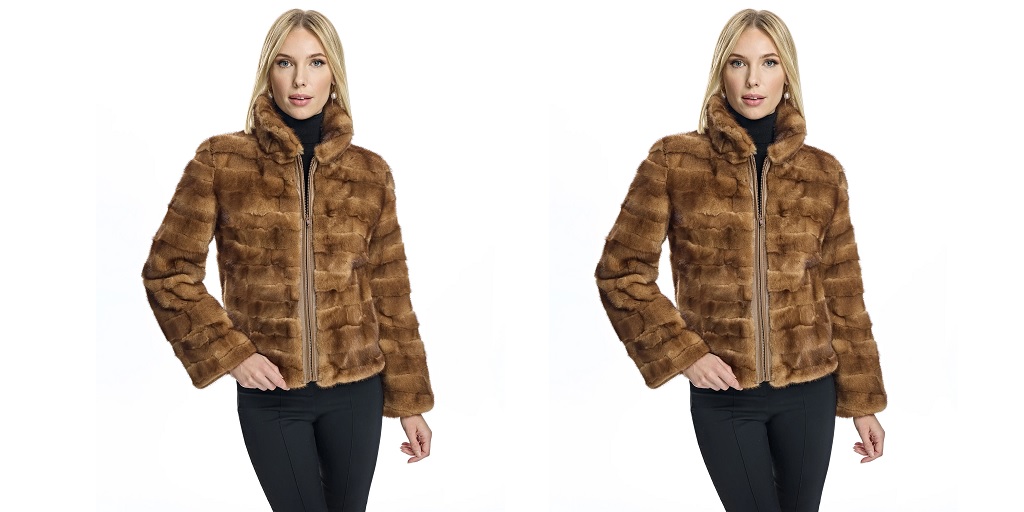
The act of adorning oneself with fur has long been a subject of controversy and fascination. Beyond its physical warmth and aesthetic appeal, the choice to wear fur is deeply rooted in psychological factors that span cultural, personal, and societal dimensions.
But what is the intricate web of motivations and influences that shape the psychology behind wearing fur? Aside from the effects of the weather and the need to stay warm, how does it serve as a mode of self-expression and contribute to one’s identity?
Cultural Influences
Cultural factors play a pivotal role in shaping our perceptions and choices, and the decision to wear fur is no exception. Throughout history, various cultures have viewed fur as a symbol of status, wealth, and even spirituality.
In some societies, fur garments have been intricately linked to royalty, signifying power and opulence. For individuals influenced by these cultural norms, wearing fur may represent a connection to tradition and a desire to embody the perceived elegance and prestige associated with such attire.
For many native American groups, wearing fur was part of winter wear. However, in earlier societies only special people wore mink coats and other animal prints. Priests in ancient Egypt and South American tribal leaders often used the entire pelt of an animal.
On the flip side, some people condemn the use of fur due to ethical and environmental concerns. As awareness of animal welfare grows globally, individuals may reject fur as a fashion choice to align with cultural values that prioritize compassion and sustainability.
Personal Motivations
At the personal level, the decision to wear fur can be driven by a myriad of factors. For some, it serves as a form of self-expression and a means to convey their unique style and personality. The texture, color, and overall aesthetic appeal of fur garments allow individuals to make a bold statement about their identity and fashion sensibilities.
Moreover, personal experiences and memories can contribute to the psychological connection individuals feel towards fur. For someone raised in a family where fur was a cherished tradition, wearing fur might be intertwined with feelings of nostalgia and familial bonds.
Receiving a mink coat from a very important family member or loved one can make the garment more valuable, as there is sentimental value attached to the gift. And when it’s a mink coat, even an upcycled one, it can be an expensive and very sought-after.
Societal Pressures and Trends
Fashion is heavily influenced by societal trends and pressures. Social media, celebrities, and fashion influencers often dictate what is considered stylish and desirable. The desire to conform to societal standards of beauty and success can drive individuals to embrace fur as a means of fitting into a particular image or lifestyle.
For example, rappers and other musical artists use fur in videos and social media content. This is a display of wealth and accomplishment, and for many young people luxury items such as fur coats, expensive cars, and high-end clothing and shoes can become symbols of achievement too.
On the other hand, growing awareness of ethical and environmental issues has led to a shift in societal attitudes. The pressure to align with values of compassion and sustainability can sway individuals, reflecting a broader social consciousness that rejects practices that are not sustainable and cruel to the environment.
Choosing Fur is Personal
The psychology of wearing fur is a complex interplay of cultural, personal, and societal influences. You need to look into the different aspects that affect this decision, and grapple with questions of identity, tradition, and personal values.
Know the psychological underpinnings behind the choice to wear fur and start an open dialogue with other people with differing perspectives, so you know whether your choice is the right one for you.


